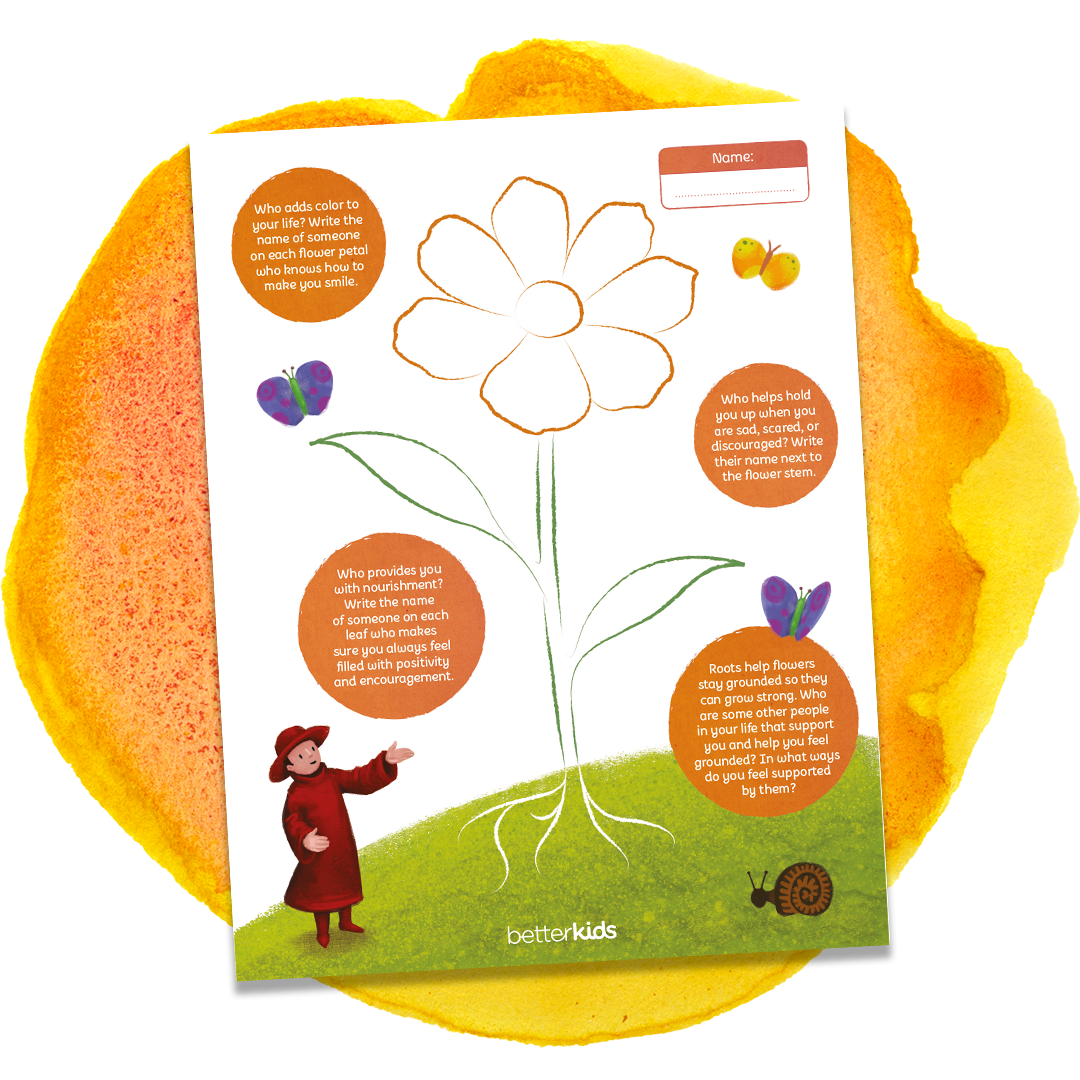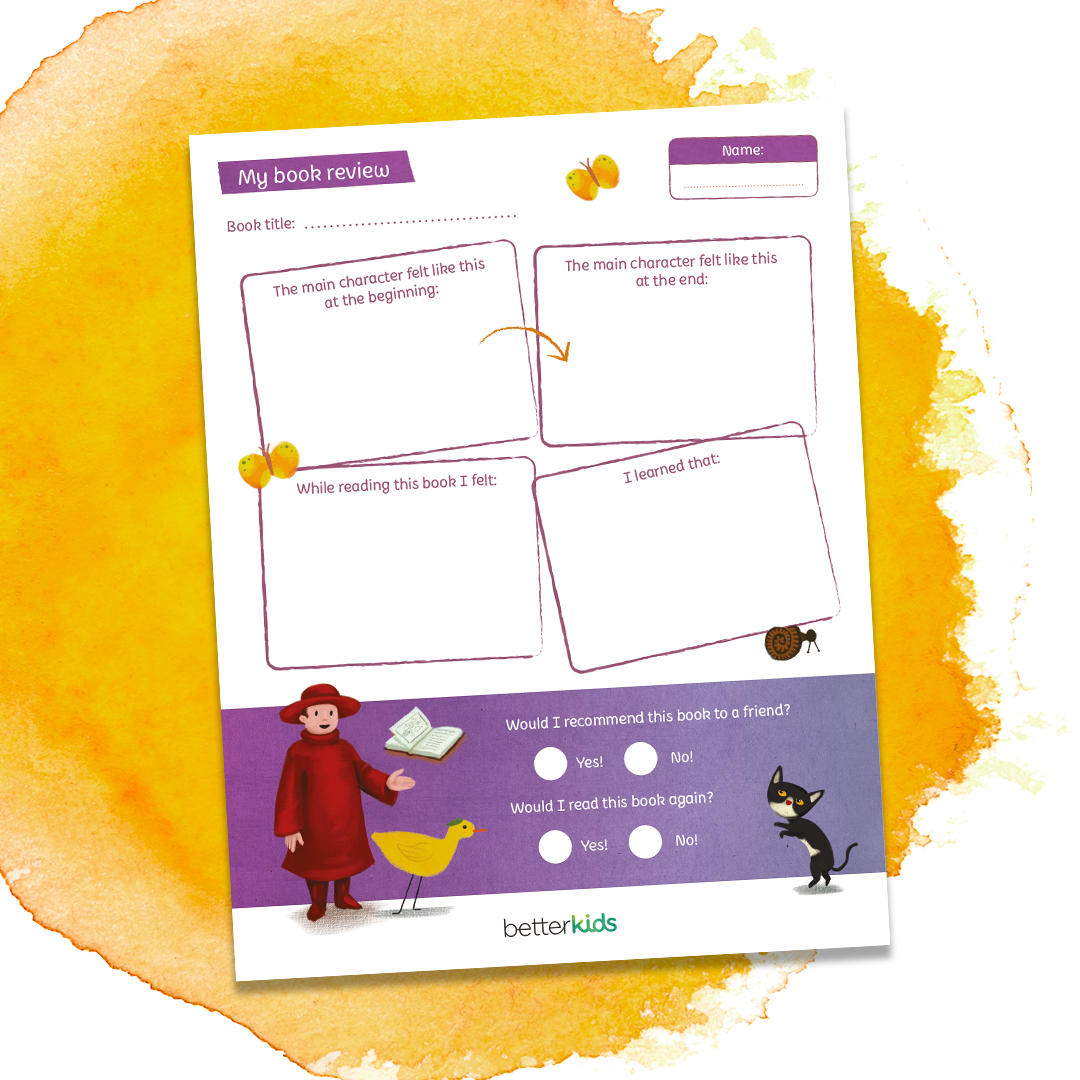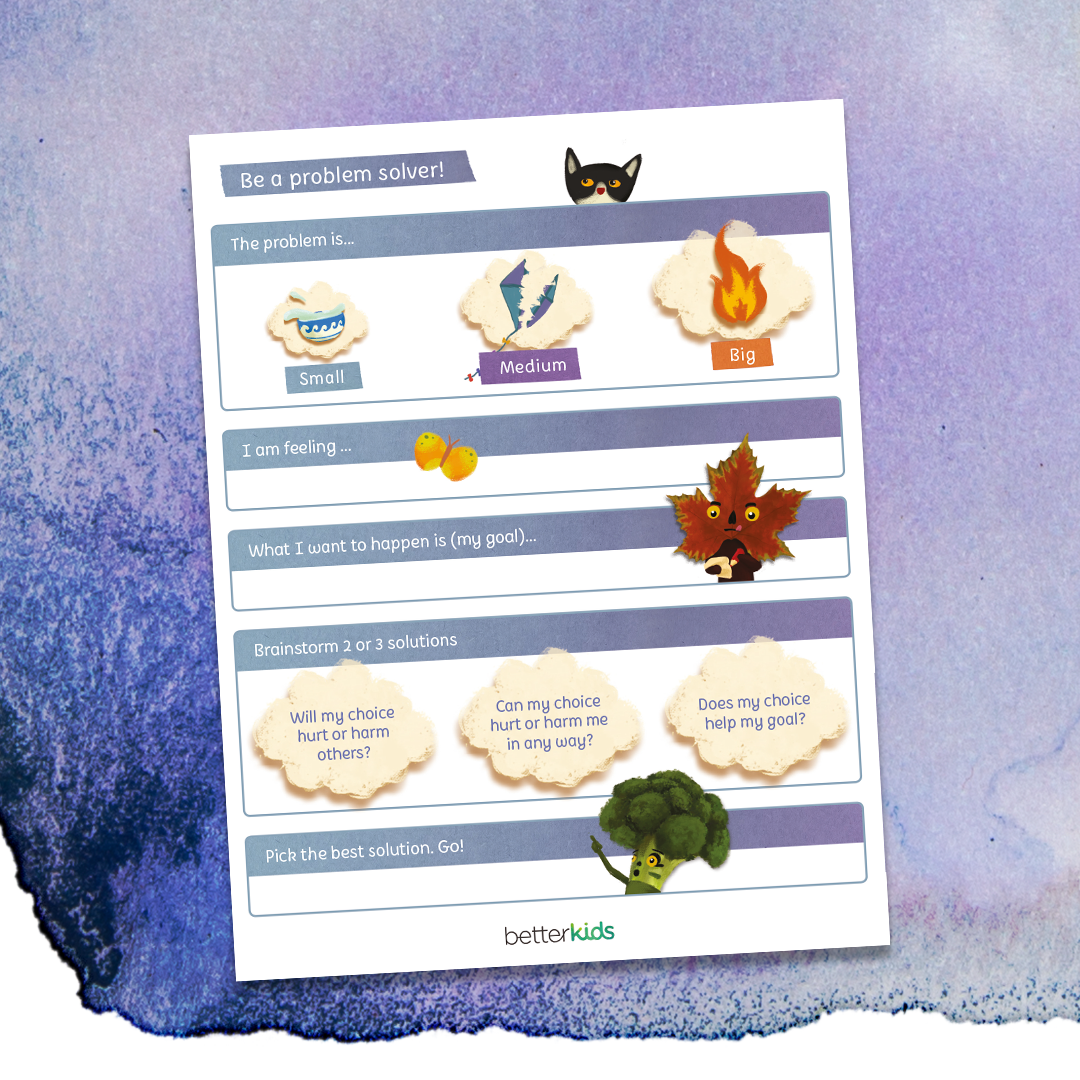Making Time For Mindful moments
My Daily Schedule
Routines and schedules help children feel safe. With all of life’s uncertainties, a feeling of dependability on the future is crucial for the healthy development of our children. We can help ease childhood anxiety and tantrums with greater structure at home. This Daily Schedule offers opportunities for reflection, gratitude, goal-setting, to-do lists, routines and decision making.
TIP: You may choose to print a new template each day, or to slip one copy in a plastic cover to write on and erase daily. This is an easy and fun way to strengthen the sense of predictability and safety for your child at home!
Visualizing My Happy Place
Inside each one of us is a happy place, where we feel safe, loved and respected. This sheet invites your child to describe what their happy place looks like through words or images. Next time your child feels sad, lonely, anxious or angry, they can visualize their happy place to feel calmer.
TIP: Once completed, you can hang this sheet in your child’s bedroom so it’s easy for them to refer to, or in the place you created together for big feelings.
My Support System
We feel more confident about managing our emotions when we feel supported. When our routine is disrupted, it is important to identify who we feel most supported by. Looking at the essential parts of a flower can be a tangible way for kids to identify their support systems. This worksheet will help your child think about who those supporters are and how they help them grow! Read more tips about how to support kids’ emotional growth with support systems.
TIP: You may hang this sheet next to your child’s bed to remind them regularly that they are supported to grow emotionally. It will help them feel confident and secure.
My Patience Power
Our world moves quickly. When we are faced with uncertainties, our world seems to slow down and our patience is being tested. Help support your child’s practicing of patience with this worksheet to help reflect on and set goals for their patience!
TIP: After completing this worksheet, keep it to refer back to as your child focuses on patience. When your child makes progress towards their goal, acknowledge it and celebrate! Complete the worksheet again when your child is ready for a new patience goal.
Practicing Gratitude
My Gratitude Journal
Gratitude fosters resilience and can make a big difference during challenging times. The cyclical nature of gratitude can be a multiplier of positive effects and helps us build better relationships, grounded in goodness and humanity. It is an invaluable way of being to continuously strive towards both as children and adults.
TIP: You can print several of these templates and bind them together to create a gratitude journal for your child. The ideal would be to establish some sort of routine, whether it’s daily or every few days. You can help instill gratitude by helping your child, regularly engaging in noticing moments and the feelings that are associated with gratitude.
My Daily 3 Reflections
This is an alternate template for reflecting, with a more targeted focus on the positives in our daily lives. It is another way to get in the habit of appreciating and being thankful for what we have.
TIP: A combination of copies of this printable and the former could also be a great journal. You can also choose to use these resources as an opportunity for each family member to share what they are grateful for. Keep these copies in a gratitude box and read them regularly. It will help you focus on the positive, even during difficult times.
Thank You Cards
This is a set of 4 thank you cards that your child can complete to show their appreciation for people in their lives! Kids often love engaging in the process of mailing items or delivering cards personally. It gives them more time to be excited about their positive act and reinforces the idea of a gratitude cycle.
TIP: If your child isn’t able to write independently yet, you can scribe their thoughts for any of these printables and they can focus on drawing in the boxes. If they are beginner writers and depending on their stamina, you can encourage them to label their pictures and/or complete one of the sentence starters and you help them with the rest.
Saying How We Feel
My Crosswords Game
Games are a fun and interactive way for kids to learn. This puzzle will help your child learn more about emotions and what they mean.
TIP: Discuss with your child what definitions might have surprised them. Is it always easy for them to identify how they feel? How about identifying how others feel?
My Mixed Feelings
Feelings can be messy! This word search will help expand your child’s vocabulary for emotions as they look for words. This version of the game is geared towards ages 7-8.
TIP: Try to use these words as frequently as possible to help your child remember them and better understand the different levels of intensity for a given emotion.
My Mixed Feelings (sight words)
This word search is a fun opportunity for kids ages 5-6 to practice their sight words while expanding their vocabulary for emotions.
TIP: Choose a word and ask your child to guess what word it might be, as you imitate the corresponding facial expression or body pose. You can take turns with other family members!
My Book Review
We can support both our children’s literacy skills and their SEL growth by thoughtfully incorporating meaningful books. We encourage you to read children’s books alongside your child to engage in the rich discussions to which these books naturally lend themselves. This downloadable template can help you guide discussion and reflections.
TIP: After filling it out, your child can stick this Book Review to their book, or place it inside. Every month, they can hold a pretend book fair at home where they showcase their books and corresponding book reviews.
Problem Solving
Peace Protocol
Young children need guidance from adults in resolving conflicts and our role is to help them do so in a responsible and respectful manner, and eventually get to a point where they are more independent when facing social challenges. Children require even more emotional support in uncertain times when they are confined and their routine is disrupted, and tensions are higher than usual with siblings or parents. Be sure to read this post and try the Peace Protocol to invite more reconciliation into your home.
TIP: You can practice social scenarios first so your children become familiar with this tool. It will be easier for them to use it when a real conflict arises.
Responsible Decision Making
When problems arise, children’s big feelings can sometimes be consuming and affect their ability to make responsible decisions. Adults can empower children by helping them develop their own thinking processes for solving problems more independently. This includes learning some concrete steps and knowing how to identify the size of their problems. Print these references and hang them up as visual reminders around your home!
TIP: As a fun activity together, use your imaginations and walk through some common scenarios with the problem solving process.

















